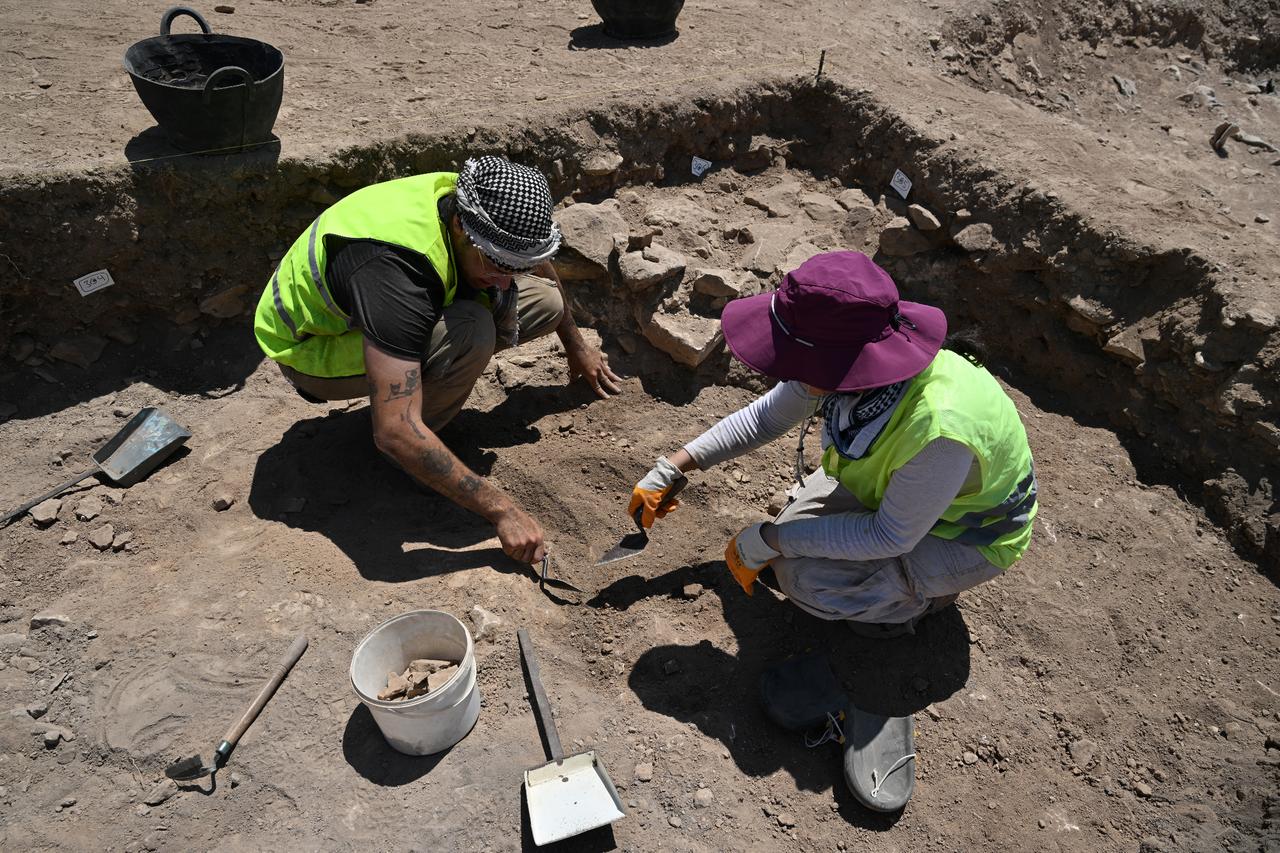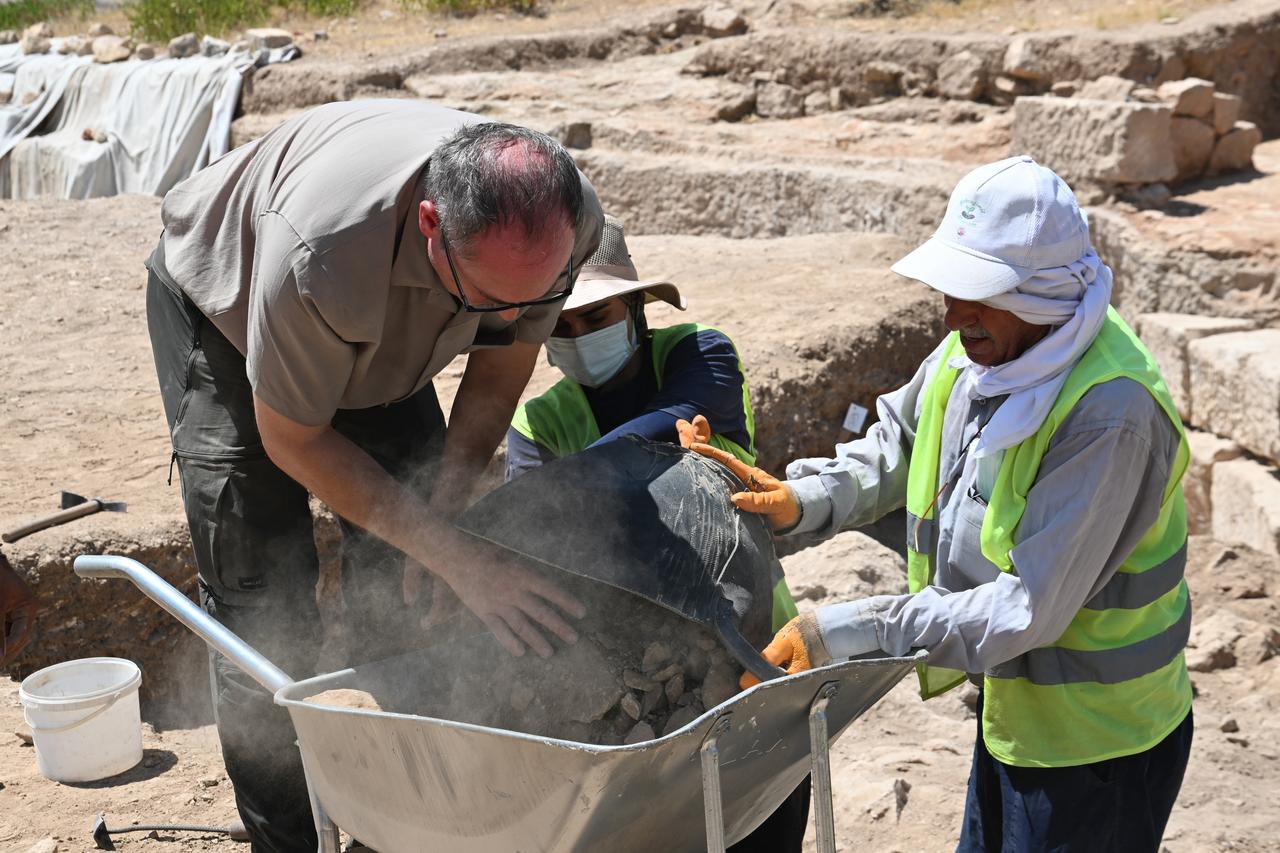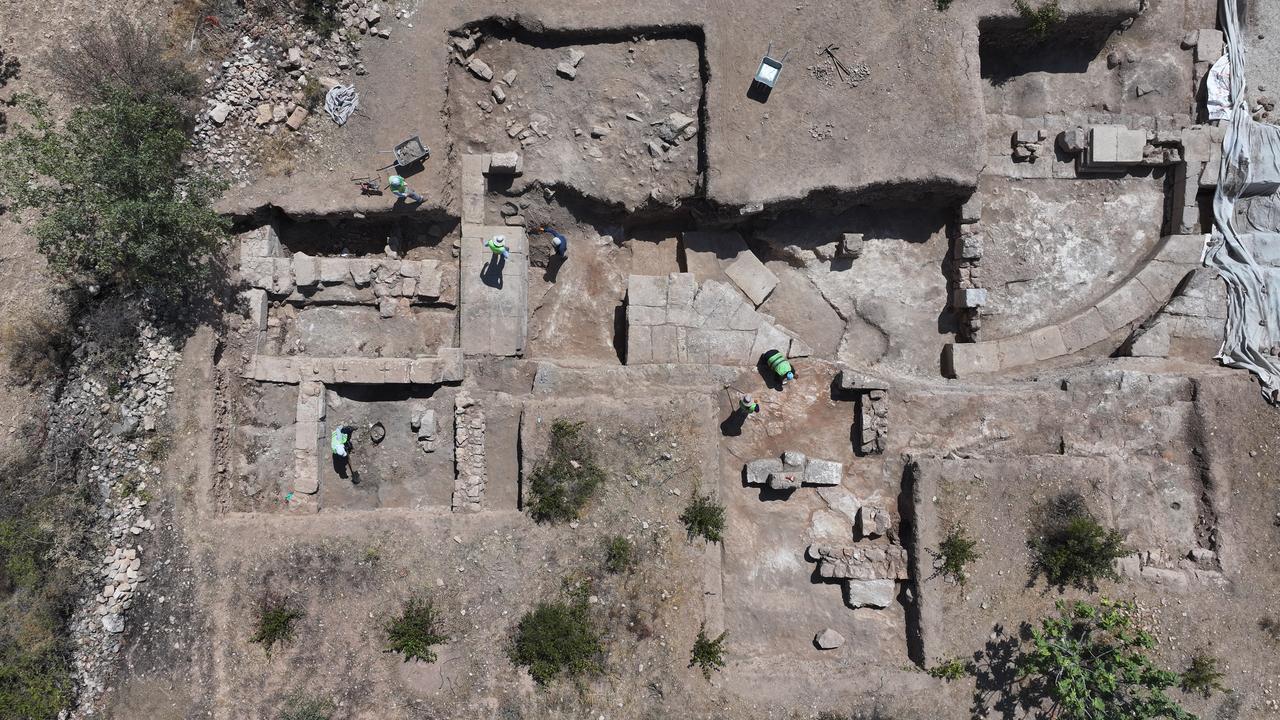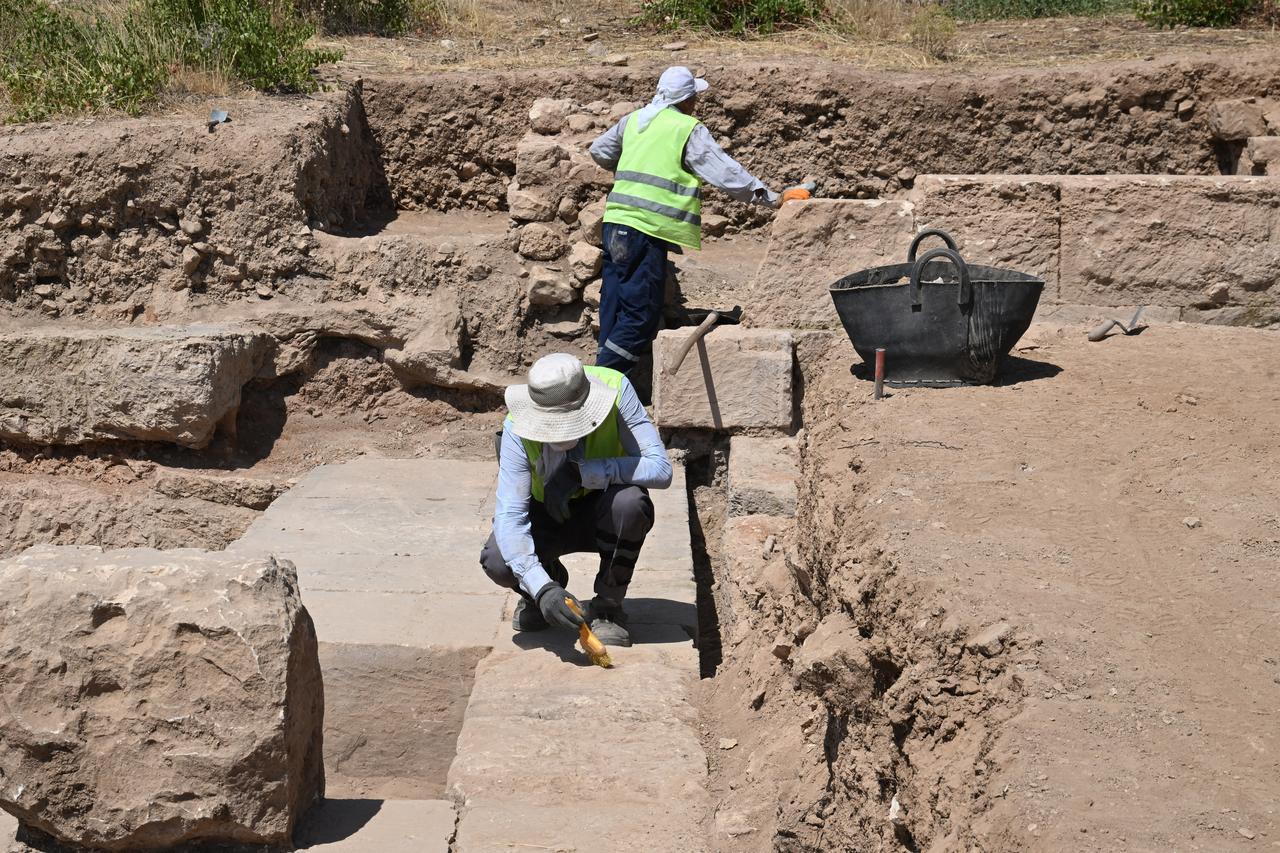
Archaeologists in Gaziantep are shifting this season’s work at the ancient city of Doliche toward the homes clustered around its vast Mithras temple, aiming to reveal how residents lived beside one of the Roman era’s most important places of worship.

This year’s excavations began about a month ago under the Ministry of Culture and Tourism in cooperation with Germany’s University of Munster. The team, led by Professor Michael Blomer with deputy director Dr. Dilek Cobanoglu, includes 20 specialists and 13 workers. Blomer said work will proceed in three main areas: the archive, the temple itself, and—new this season—domestic spaces close to the sanctuary.
“We have started to investigate what the dwellings of people living in the ancient city looked like and what kind of life they had,” he noted.

Among findings to date, the temple stands out. Blomer called it “a fairly large temple,” adding, “We can say it is the largest temple in the region.” Based on architectural remains, researchers date its construction to the second century in the Roman period. The structure measures roughly 60 meters by 40 meters and rises about 15 meters, placing it among the largest buildings of its time. Sources at the site indicate that Doliche’s population once ranged between 5,000 and 10,000 people; in addition to temple officials, communities lived around the sanctuary.
In Doliche lies the largest known underground Mithras temple, reflecting the tradition of building such sanctuaries below ground.

Set roughly 10 kilometers north of Gaziantep’s center in Sehitkamil district, Doliche sits where routes from the south, north, east, and west converged. In the Assyrian period, it connected Mesopotamia to Kilikya, while in Hellenistic and Roman times it lay on the Silk Road corridor from Antakya and Kilikya to Zeugma. The city’s timeline stretches back thousands of years before Christ, with traces from the Old Stone Age and artifacts from the Copper Age, including some of the earliest known mathematical operations.
Over centuries, it passed between the Hittites, Medes, Assyrians, Persians, and the empire of Alexander, preserving evidence that transmits knowledge from many civilizations. Researchers add that the city once saw the dominance of the Mithras belief system, and the largest known underground Mithras temple is found here.
Having located the sanctuary, the team now intends to identify the spaces of those who built and worshipped there. Blomer said they hope to reach these domestic areas this year or in the next period, continuing from where temple and archive work left off last season.